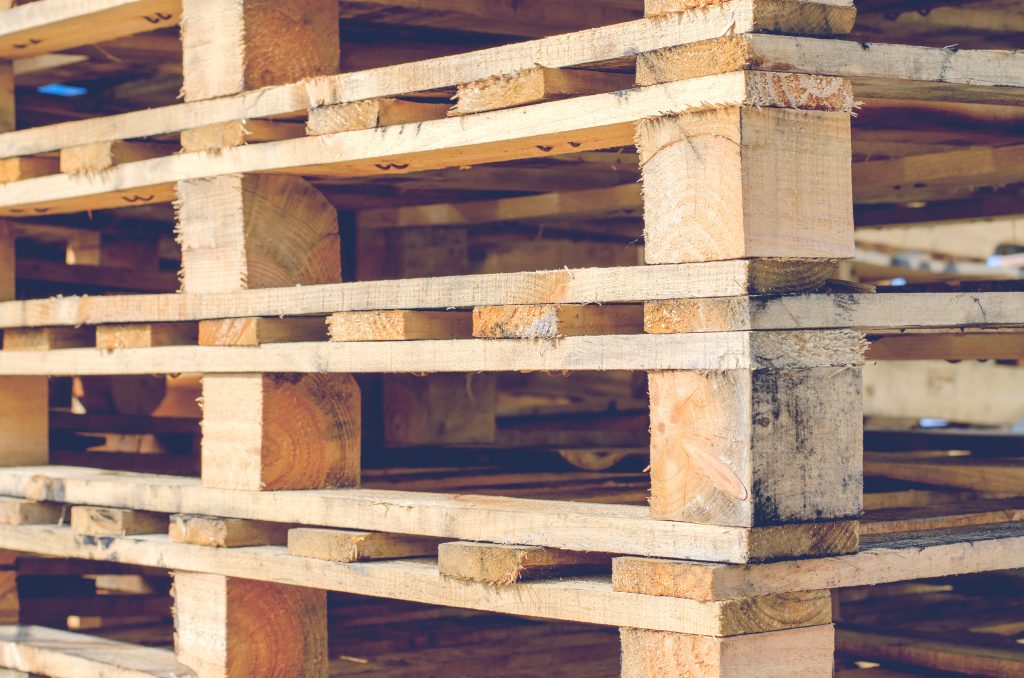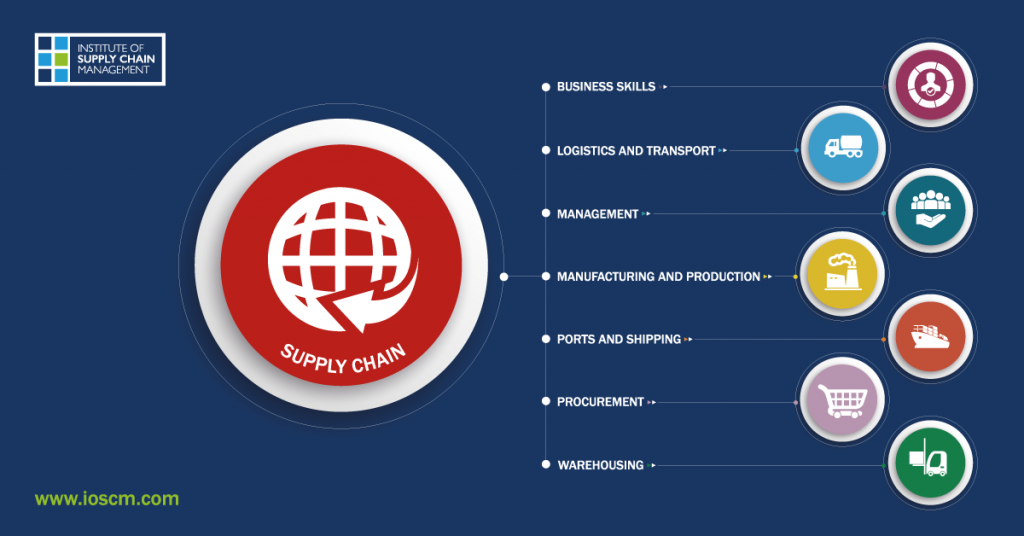
Organising stocks is one of the most critical aspects of running a smooth and successful business in a warehouse. One way to create an efficient storage system is by using pallet racking.
Pallet racks are essential pieces of equipment in a warehouse facility. They provide a quick and straightforward way to store large quantities of items and can be customised to fit the specific needs of your business. Effective pallet racking systems help improve organisation, safety, and productivity in the workplace.
So how do you create an efficient pallet racking system? Here are a few ways:
Plan Your Warehouse Layout
Planning out your warehouse layout is crucial when designing your pallet rack system. Consider the facility’s dimensions and the types of products you’ll be storing. This method will help you determine the best way to utilise your space and ensure that your racking system is as efficient as possible.
You may consider mezzanine floors, vertical spaces, and other scheme designs to maximise your warehouse area. It’ll also be helpful to create a floor plan or sketch of your proposed pallet rack system so you can visualise the perfect method to organise your pallet racks.
Follow The FIFO Rule
Following the First In, First Out (FIFO) rule would be best when organising your pallets in a rack system. That means you must store the items that come in first, in front of the racks, and the last comes in, or the newest products should be at the back. This approach will help ensure that you’re disposing of your inventory efficiently and not letting products waste.
In addition, a FIFO is best partnered with FEFO, also known as “First Expire, First Out”. Since not all goods come first have the same expiration date, this method is beneficial in areas that need special attention, such as food, beverage, pharmaceuticals, and other perishable products. Some of these items have a short shelf life, so it’s critical to use this system to keep your inventory current and reduce the risk of expiry products.
Use The Right Pallet Rack
Pallet racks aren’t one size fits all—the racking system that works for one business might not work for another. That’s why it’s vital to consider several factors such as the type of product you’re storing, the quantity of inventory, and how frequently the stock changes.
For example, you’ll need a pallet rack to accommodate or support the weight when handling heavy items. Alternatively, if you have various stock-keeping units (SKUs), you might opt for a high-density storage system.
To help you out, here’s a quick overview of the most common types of pallet racks and see what’s best for your warehouse needs.
Drive-in
A drive pallet rack system is a storage system that allows forklifts to enter the aisle from one side only. This systematic approach is ideal for facilities that need to store many similar items. One advantage of this method is that it offers a high level of density storage, meaning you can keep products in a smaller space.
Drive-thru
This type of racking system is similar to a drive-in system, except that forklift can enter the aisle from both sides. This system allows for faster loading and unloading. It also offers a high level of flexibility, which is critical in a warehouse where the stock changes frequently.
Push-back
This storage system allows you to store pallets from two to six deep. It works by using a series of inclined rollers that enables pallets to be pushed back one at a time. This approach is best for businesses that have a high number of SKUs.
Consider Employing Labels And Barcodes
To further improve the efficiency of your pallet rack system, you may want to implement labels and barcodes. This approach will assist you to keep track of your inventory and make it easier to locate a specific pallet rack when a new product arrives. All you have to do is attach a label with a barcode to each pallet, and you can then scan the barcode when you’re retrieving or stocking inventory.
Moreover, cutting-edge technologies can be your companion to having a well-ordered pallet racking system. Such one thing is the radio frequency identification (RFID) tag. An RFID tag is a device that attaches to pallets and sends out a signal to a reader. This information can also optimise your warehouse management by lowering human error, which increases accuracy.
Incorporating this method into your pallet rack is beneficial, especially in large warehouses where the shelves can be quite far apart. With RFID tags, you can reduce time searching in pallet racks, boosting overall warehouse efficiency and giving you real-time information about a particular inventory location.
Conclusion
There’s no secret that an efficient pallet rack system can do wonders for your day-to-day business. It’s one of the most crucial aspects of a successful warehouse operation.
Use the guidelines in this article as your starting point, and you’ll be well on your way to streamlining the pallet racking system for your business that’ll boost your bottom line.
Advance your warehouse capabilities with a Professional Qualification from IoSCM.
Our Warehouse Operations and Inventory courses can be tailored to suit the learning requirements of individuals and organisations across the supply chain. From entry level through to strategic decision makers, a industry-recognised qualification can help you achieve your professional goals and the strategic objectives of your business. Take a look at our courses HERE or speak with an expert course advisor to find out more.

